Tribals – The Victims of Maoist Violence
For decades, Maoists exploited tribals as pawns in a violent war. Now, peace and development offer a chance for lasting change.
Total Views |
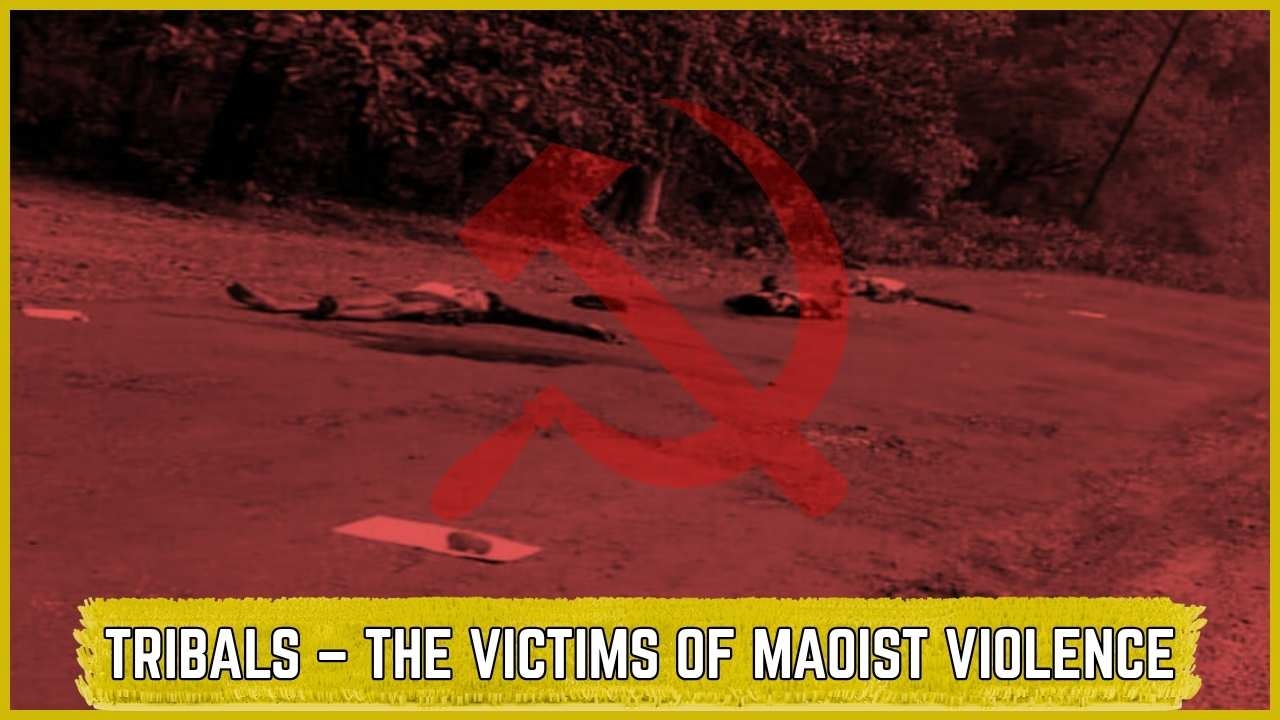
The Maoist Party has been rocked by the successful elimination of top Maoist leadership, including their General Secretary, Basavaraju.
The Shock and Awe Offensive has destroyed the impregnable ‘Red Corridor’, which once extended from Pashupati to Tirupati.
The destruction of this corridor, which slashed through the Indian heartland for over two decades, is a major achievement.
Strong political will, accompanied by effective police action, has neutralised the most serious threat to internal security.
This proves that strong political will can deliver magical results.
But this is no time for euphoria or complacency.
Only the armed Maoists and the PLGA are paralysed.
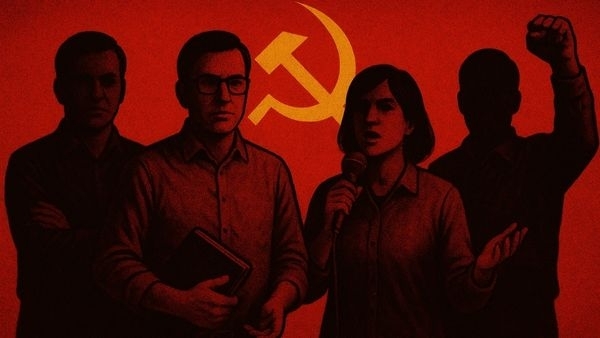
The urban Maoist leadership is fully intact, their violent ideology remains alive, and the Maoist virus is not yet dead.
This violent communist problem has existed since the 1940s.
Though party names changed, the blood-soaked ideology persisted, troubling different parts of India.
In the late 1940s, the Telangana agitation lasted about four years, killing around 4,000 people.
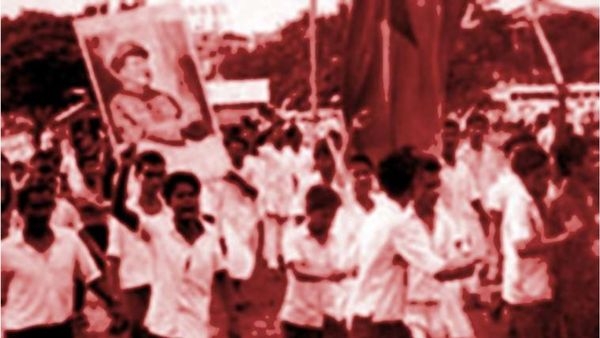
In the late 1960s and early 70s, the Naxalbari and Srikakulam movements claimed thousands of lives.
In the 1990s, the MCC in Bihar, Jharkhand and Orissa, and the PWG in Andhra Pradesh, unleashed brutality that shocked the nation.
During the 2000s, these organisations merged to form the CPI (Maoist) Party, posing the gravest internal security threat to India.
This terrorist group had thousands of trained cadres and controlled territory from Pashupati to Tirupati.
In those regions, the ‘State’ had virtually ceased to exist.
Against this background, the recent success of Indian security forces is highly commendable.
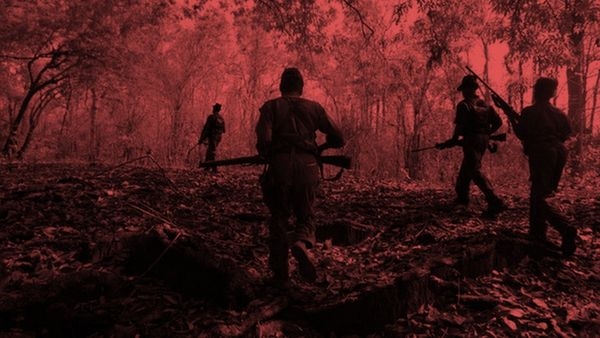
For decades, Maoists have used tribals in remote areas as pawns and foot soldiers.
In leftist terms, they are considered ‘useful idiots’.
Worldwide, communists have historically manipulated such groups to further their agenda.
In India, tribal youth were indoctrinated at a young age with violent ideology.
They were trained to kill or die, and many ended up killing fellow tribals under Maoist command.
The tribals themselves often perished in this senseless violence.
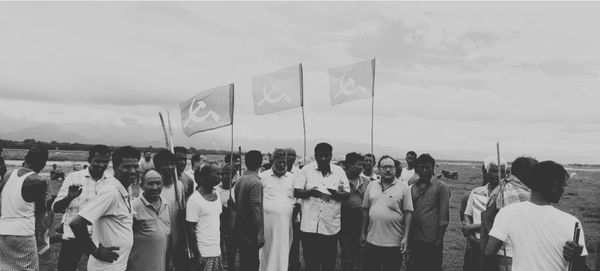
In the 1960s and 70s, communists raised slogans like “Land to the Tiller” to trap tribal communities.
In Srikakulam, the ‘Sawara’ and ‘Jatapu’ tribes fell prey and launched a violent movement.
Hundreds of tribals died, and their families were devastated.
Similar tactics were used in the Naxalbari uprising with the Santhal, Oraon and Rajbanshi tribals.

They were used as cannon fodder, gaining nothing while losing everything.
In recent times, the ‘Madia’ tribe in Bastar has suffered the same fate.
To lure them, Maoists coined a new slogan: “Jal Jungle Jamin”.
Since the 1980s, Telugu Maoists embedded themselves in the Madia tribe, poisoning young minds with hatred.
They trained tribal youths to kill fellow tribals who resisted Maoist orders.
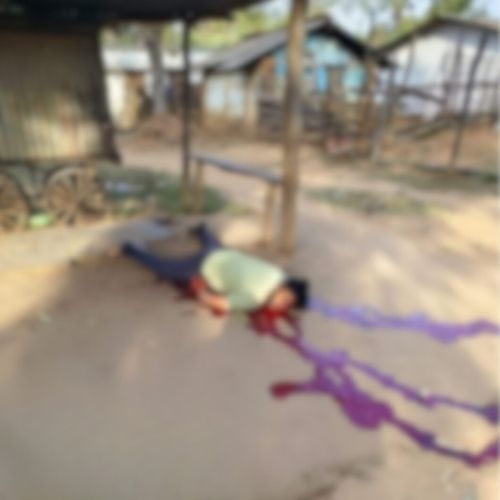
For 40 years, this internal terror led to countless deaths — civilians, security forces, and Maoist cadres alike.
More than 95% of those killed were tribals.
Just take Gadchiroli district in Maharashtra as an example.
Between 2004 and 2024:
1. Tribal civilians killed by Maoists — 254
2. Tribal Maoists killed in encounters — 161
Total tribals killed — 415
In contrast, only six Telugu Maoist cadres were killed in encounters over the same period.
This shows how Telugu Maoist leaders have manipulated tribals in Bastar, sending them to die while staying hidden.
The tribals were turned into killing machines, and their peaceful lands became war zones.
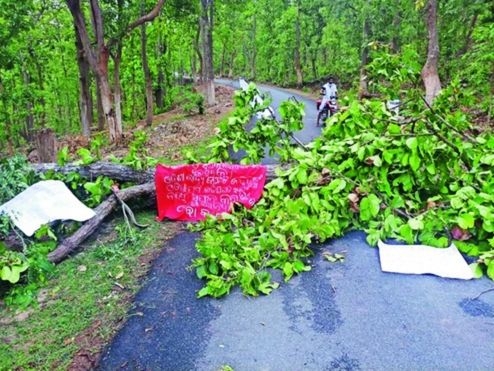
Maoists blocked the building of roads, destroyed existing infrastructure, and cut off access.
No roads meant no schools, hospitals, or development.
The tribals gained nothing, not even their lives.
In their ideological madness, Maoists exploited the tribals for decades.
Fortunately, this situation is now changing.
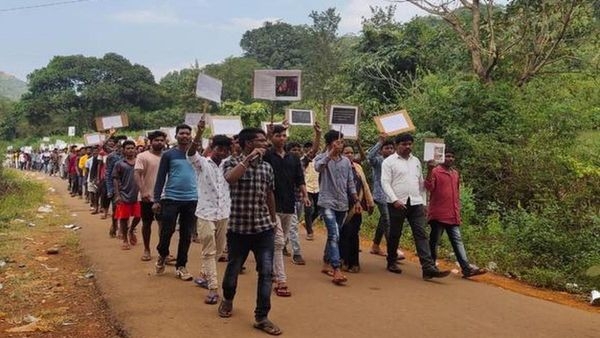
Tribal youth are aware of the Maoist terrorists’ true motives.
The government’s dual strategy — ‘Security and Development’ — is working.
Strong security measures and genuine development efforts are yielding results.
There is tribal awakening, Maoist support has eroded, and violence has reduced.
Now, there is an opportunity to bring holistic development to these regions.
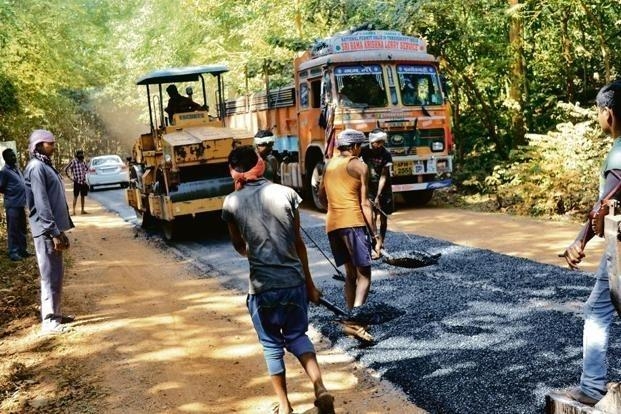
The government must lead a massive campaign to build roads, schools, and hospitals.
Agriculture must be revitalised, and industries must be encouraged to generate employment.
A balanced socio-economic development model is essential.
However, handing over tribal land to mining barons is not development.
Governments must not outsource their duty to private corporates.
That leads to ‘Company Sarkar’, which is neither democratic nor sustainable.
Governance is the responsibility of elected governments, not businesses.
Let us hope that better sense prevails among all stakeholders.
A new era of peace, stability, and development must begin — one where tribals are no longer victims, but partners in India’s progress.
Article by
Milind Mahajan
Retired Police Officer

